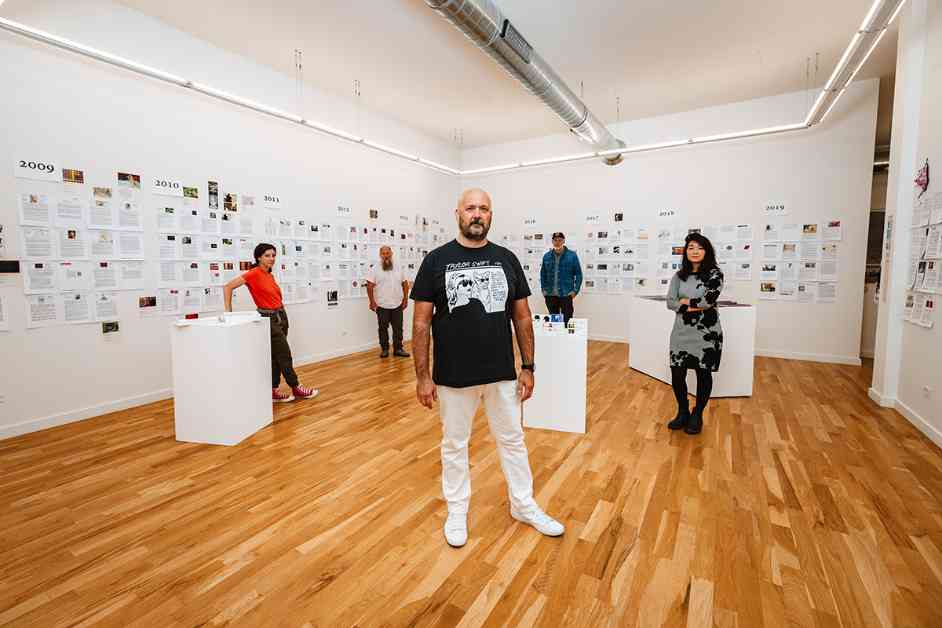Running a commercial art gallery in Chicago is no easy task, especially with the recent closures of several well-known galleries in the area. Despite this challenging landscape, Western Exhibitions, which initially started as a nomadic curatorial project, is now celebrating its 20th year as a physical space with an exhibition titled “20 Years of Western Exhibitions.” This milestone is a testament to the gallery’s resilience and dedication to showcasing unique and diverse artists.
Gallery founder Scott Speh, who had no formal training in curation, business, or arts administration when he started Western Exhibitions, has been instrumental in shaping the gallery’s identity over the past two decades. His eye for compelling artwork and his commitment to supporting artists with distinct voices have set Western Exhibitions apart in the Chicago art scene.
Speh’s long-standing relationships with artists like Stan Shellabarger and Dutes Miller highlight his intentional approach to curation and his unwavering support for artists with unique perspectives. The gallery’s emphasis on showcasing LGBTQ+ and feminist artists, as well as artists who create their own worlds, has helped shape its distinct identity in the art world.
Over the years, Western Exhibitions has evolved to include a focus on works of paper, artist books, and solo presentations by its artists. The gallery’s commitment to providing a platform for artists to express their ideas freely and creatively has been instrumental in shaping the careers of many artists who have exhibited there.
Despite the challenges posed by the current art market slump, Speh remains dedicated to supporting his artists and presenting thought-provoking exhibitions. The future of Western Exhibitions may be uncertain, but its impact on the Chicago art scene is undeniable. As one artist puts it, “Chicago would be a far less interesting art city if Scott wasn’t doing what he was doing.”
As Western Exhibitions continues to navigate the ever-changing art world, its legacy as a space for innovative and boundary-pushing artwork will undoubtedly endure. Whether the gallery continues for another 20 years or faces new challenges ahead, its contributions to the Chicago art community are sure to be remembered for years to come.


